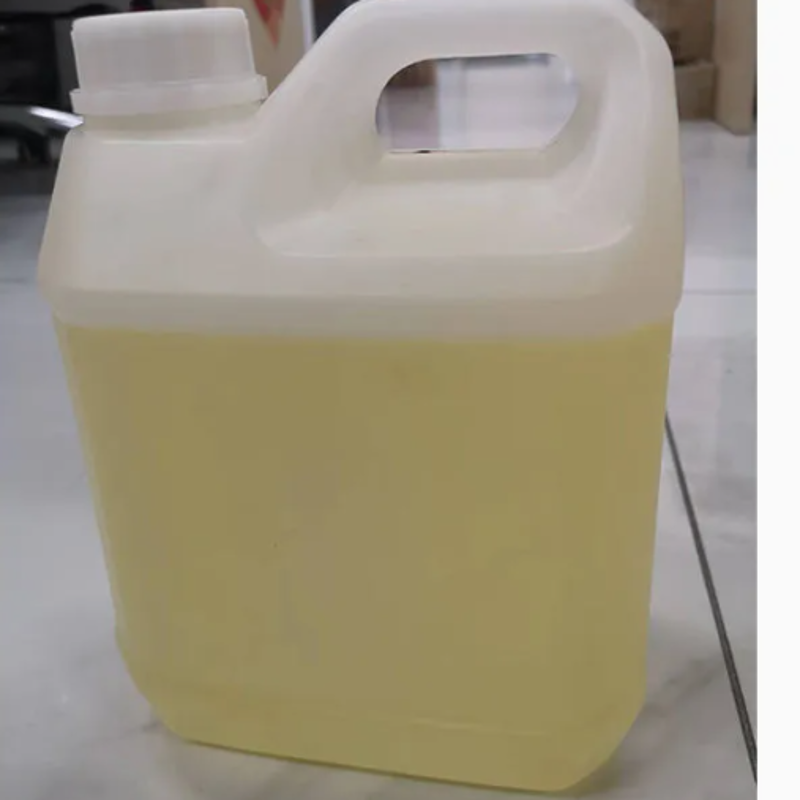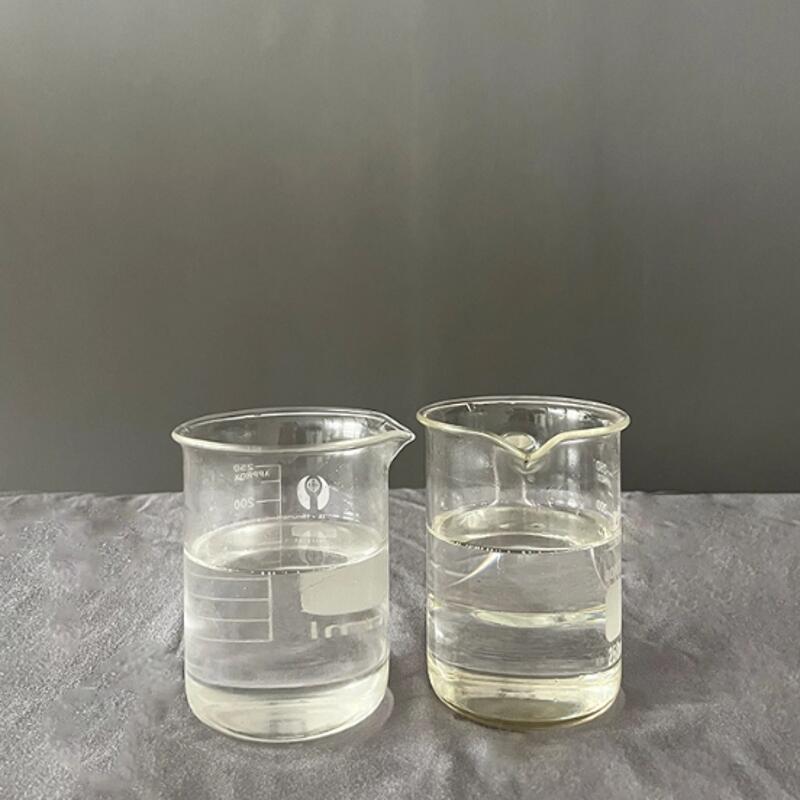-
Categories
-
Pharmaceutical Intermediates
-
Active Pharmaceutical Ingredients
-
Food Additives
- Industrial Coatings
- Agrochemicals
- Dyes and Pigments
- Surfactant
- Flavors and Fragrances
- Chemical Reagents
- Catalyst and Auxiliary
- Natural Products
- Inorganic Chemistry
-
Organic Chemistry
-
Biochemical Engineering
- Analytical Chemistry
-
Cosmetic Ingredient
- Water Treatment Chemical
-
Pharmaceutical Intermediates
Promotion
ECHEMI Mall
Wholesale
Weekly Price
Exhibition
News
-
Trade Service
Not long ago, it was jointly sponsored by China Synthetic Resin Supply and Marketing Association, China Polyurethane Industry Association, China Fluorosilicone Organic Materials Industry Association, etc.
, and the New Material Application and Development Conference and Automotive Lightweight Non-metallic Materials Industry was undertaken by China Automobile Lightweight Non-metallic Materials Industry Alliance.
At the alliance seminar, the participants agreed that new chemical materials will help promote the development of lightweight vehicles and have great potential in the future
.
The trend of lightweight
The trend of lightweightWhy do cars need to be lightweight? Du Daofeng, director of the China Association of Automobile Manufacturers, said: "Relevant regulations strictly limit the fuel consumption of automobiles, requiring the average fuel consumption to be controlled within 6.
9 liters/100 kilometers in 2015 and 5.
0 liters/100 kilometers in 2020.
At the same time, the lightweight
of the whole vehicle is an important measure to achieve energy saving and emission reduction, and it is also an important way to improve the competitiveness of products
.
"Whether it is a traditional passenger vehicle, a heavy commercial vehicle, a new energy vehicle, or an intelligent connected vehicle, they all have different demands for light weight
.
Zhu Yi believes that the current lightweight of automobiles should be integrated in many aspects such as design, manufacturing, and material technology
.
Various materials have been used
Various materials have been usedGao Xiang, vice president of the China Electric Vehicle Association of 100 New Energy Vehicle Research Institute, said that the key to lightweight automobiles is high-performance materials—polymer materials
.
Tian Yamei, general manager of China Automobile Parts Investment Company, said that plastic parts are the direction of automobile lightweight
.
Zhang Jianjun, secretary-general of China Fluorosilicon Association, said that fluorine-containing resins, fluorine-containing coatings, and fluorine-containing rubbers have been used in automobile fuel circuits and electrical device parts
.
Gao Xiang also introduced that carbon fiber can reduce the weight by up to 60% compared with steel, and its specific strength, specific stiffness, energy absorption and other properties are much stronger than aluminum alloy and magnesium alloy
.
Great potential for development
Great potential for development In the future, composite materials composed of synthetic resin, polyurethane and carbon fiber, fluorosilicon, glass fiber and other materials will be more widely used, boosting the development of future automobiles and related industries such as new energy and intelligent network connection
.
Zhang Mingming, director of Ningbo High Performance Materials Research Institute of Wanhua Chemical Group Co.
, Ltd.
, said that in the future, China's modified plastics industry still has a lot of room for development
.
The charging pile industry is one of the future growth points of the vehicle modified plastics market.
In 2020, the market size of the charging pile industry will reach 100 billion yuan, of which modified plastics account for more than 60%, or 60 billion yuan
.
Carbon fiber composite materials are expected to become the main line of lightweight materials for automotive structural parts
.
Gao Xiang said that carbon fiber composite materials have few final assembly links, large-scale application is industrially feasible, and there is huge development space
.
Assuming that the car production will reach 23 million in 2020, and the mass of each car is 1,500 kg, the penetration rate of carbon fiber composite materials in the automotive industry is expected to be 2%, and the cost of carbon fiber materials is assumed to be 70 yuan/kg.
The total demand for carbon fiber in automobiles in 2020 is 690,000 tons, corresponding to a market size of 48.
3 billion yuan
.
He said that recently, many countries and international car companies in the world have announced the timetable for banning the sale of fuel vehicles
.
Under optimistic circumstances, the IEA expects that the global electric vehicle ownership will reach 228 million in 2030, and the energy-saving and new energy vehicle technology line predicts that China's electric vehicle ownership will reach 80 million in 2030
.
Taken together, China's electric vehicle ownership will account for 35% of the world's in 2030
.
The development of new energy vehicles also puts forward more demands on fluorosilicon materials
.
Zhang Jianjun said that silicone rubber has good chemical resistance, insulation and heat resistance, and its use in high-voltage cables for new energy vehicles can ensure the safety and reliability of power transmission
.
Lithium batteries need to use a lot of high-end fluorine materials to improve the performance of related components and ensure safety.
In high energy density batteries, the separator coated with polyvinylidene fluoride coating maintains high flexibility and shows excellent performance to electrolyte.
Chemical resistance
.
Li Jing, secretary-general of the China Automobile Lightweight Non-metallic Materials Industry Alliance, said that in the future, the alliance will carry out more industry linkage and vertical industry connection work, and accelerate the application of non-metallic materials in the automotive industry
.







